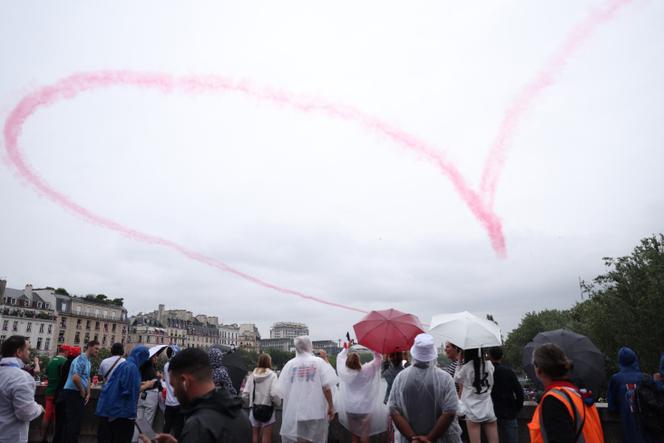


Despite the rain, crowds packed the sidewalks of Rue Lepic in northern Paris. Cycling enthusiasts, Tour de France fans, Montmartre lovers and those simply seeking a festive crowd came out in large numbers to watch the riders pass by on Sunday, July 27, for the final stage of the Tour. Between 6 pm and 8 pm, 135,000 people were in the streets from Sacré-Cœur to the Blanche and Pigalle metro stations, according to geographer Jacques Lévy and engineer Jean Coldefy from Atelier parisien d'urbanisme (APUR, Paris's urban planning agency), based on mobile phone data. That was 75,000 more than the neighborhood usually draws, and nearly as many as the 143,000 people who gathered on the same hill in 2024, between 4 pm and 6 pm under a sunny sky, to cheer on the Olympic peloton.
Several lessons can be drawn from this comparison. Not only did Paris reconnect with traditional races, despite the challenge of designing routes around cycling lanes. But more broadly, what occurred in the summer of 2024 during those two fortnight-long Olympic and Paralympic interludes – welcoming millions of spectators into the streets, stadiums, public transport and hotels, from Montmartre to Saint-Denis (just north of Paris) and Vaires-sur-Marne (east of Paris) – proved to be highly replicable.
You have 87.28% of this article left to read. The rest is for subscribers only.
